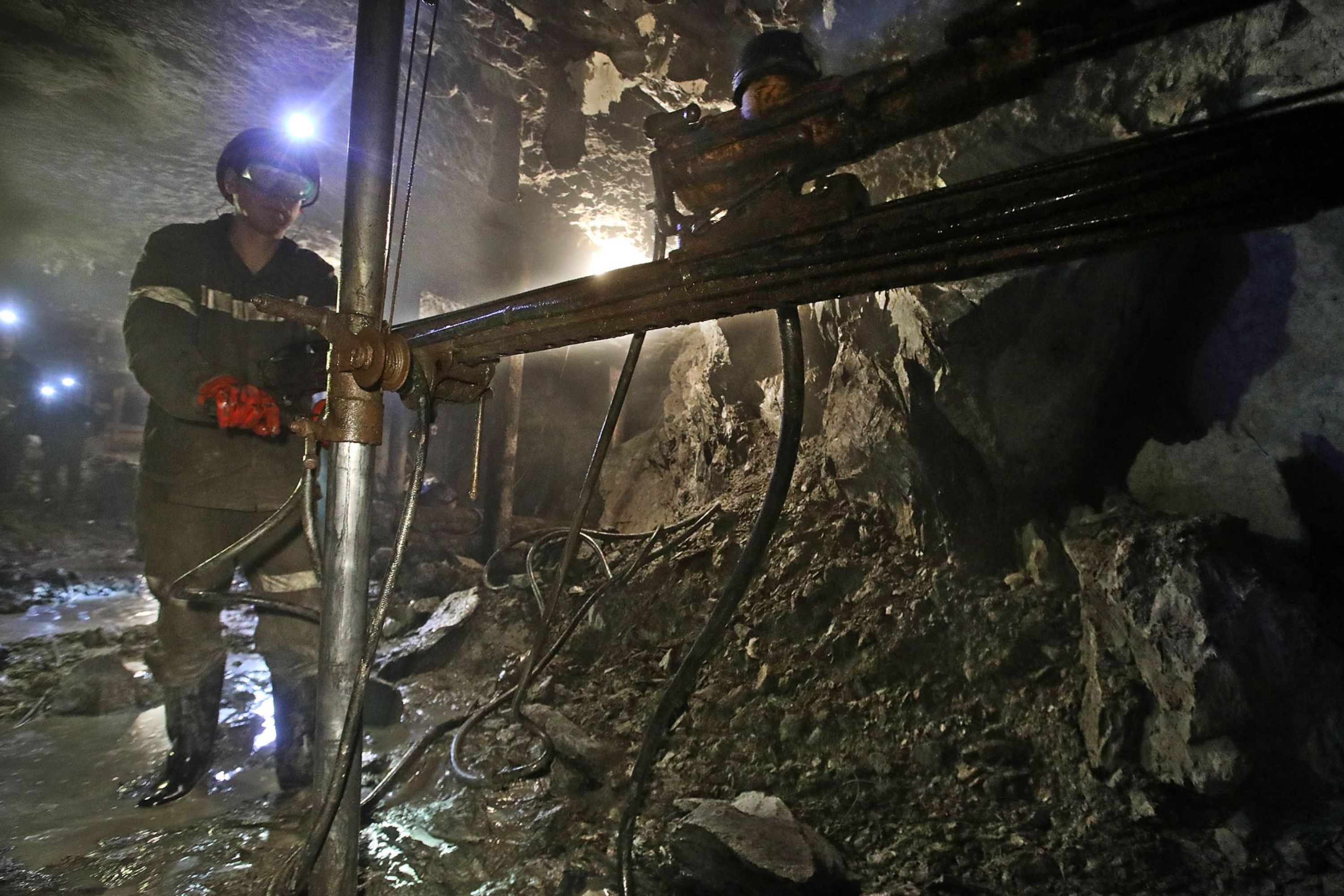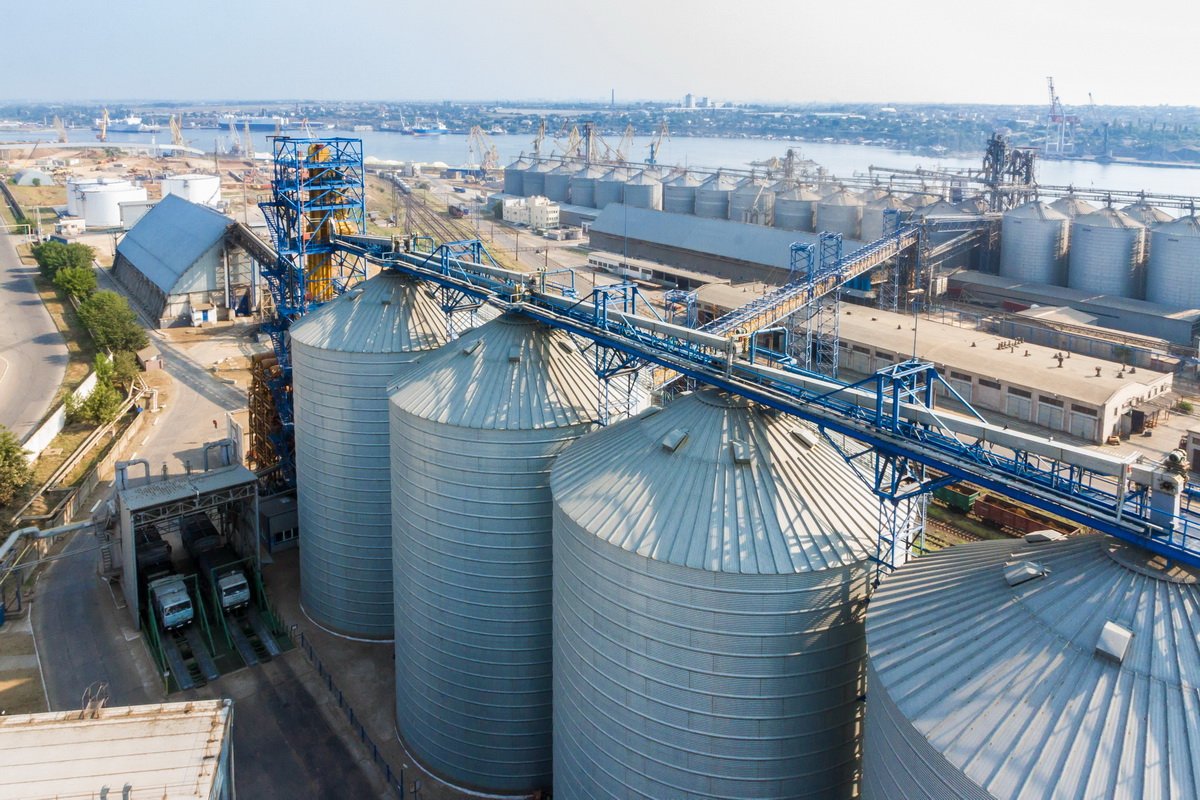In 2025, losses for Russia’s coal companies could exceed $3.9 billion—three times more than last year. In just the first five months of the year, the sector recorded net losses of over $1.2 billion. The reasons include a combination of expensive loans, falling demand, rising costs, and inefficient logistics. The industry’s total debt has surpassed $13 billion and may reach $15.5 billion by year-end, a significant portion of which comes from bank loans.
The cash shortage has forced companies to cut investments: capital expenditures in the sector are expected to fall below last year’s $2.75 billion. However, the most dangerous issue is wage arrears. In June, the large Spirinodonovskaya mine in Kuzbass halted operations, leaving 900 workers without pay. The total debt to employees is about $1 million. The employer plans to lay off most of the staff to reduce losses.
In Kuzbass, where coal mining is the main source of employment, the situation is turning into a social crisis. Some mines have already shut down, while others are operating at a loss to avoid mass layoffs. Closing mines is expensive, and reopening them is even more costly. Meanwhile, the average miner’s salary is only $390–$440, and for most locals, it’s even less. The regional budget in Kuzbass is in deficit, and its debt is nearing $1.1 billion—about 42% of its total revenue.
With no clear action plan, local authorities are urging workers to leave troubled mines. Labor depression in Kuzbass is turning into a recruitment reserve for the army—a trend that could lead to destabilization not only in the region but across the country.





















